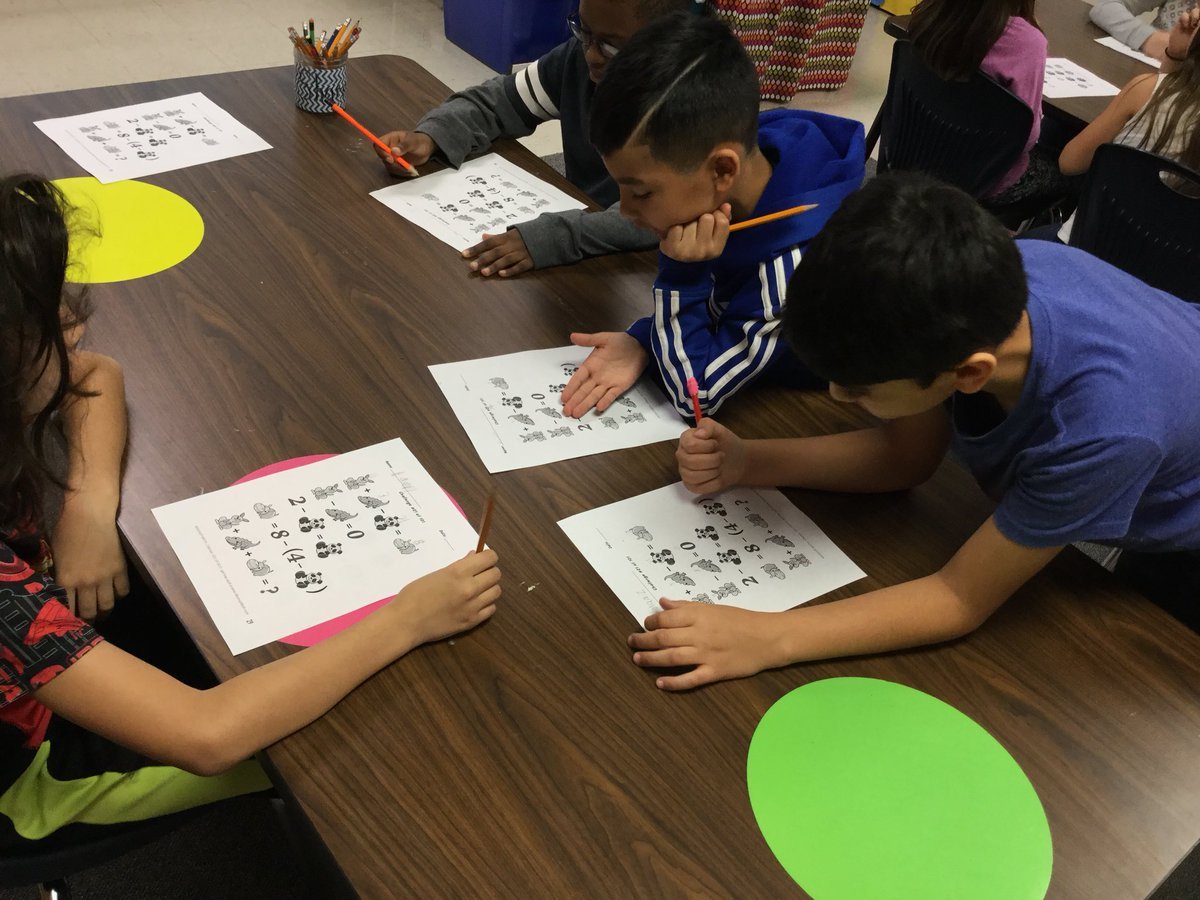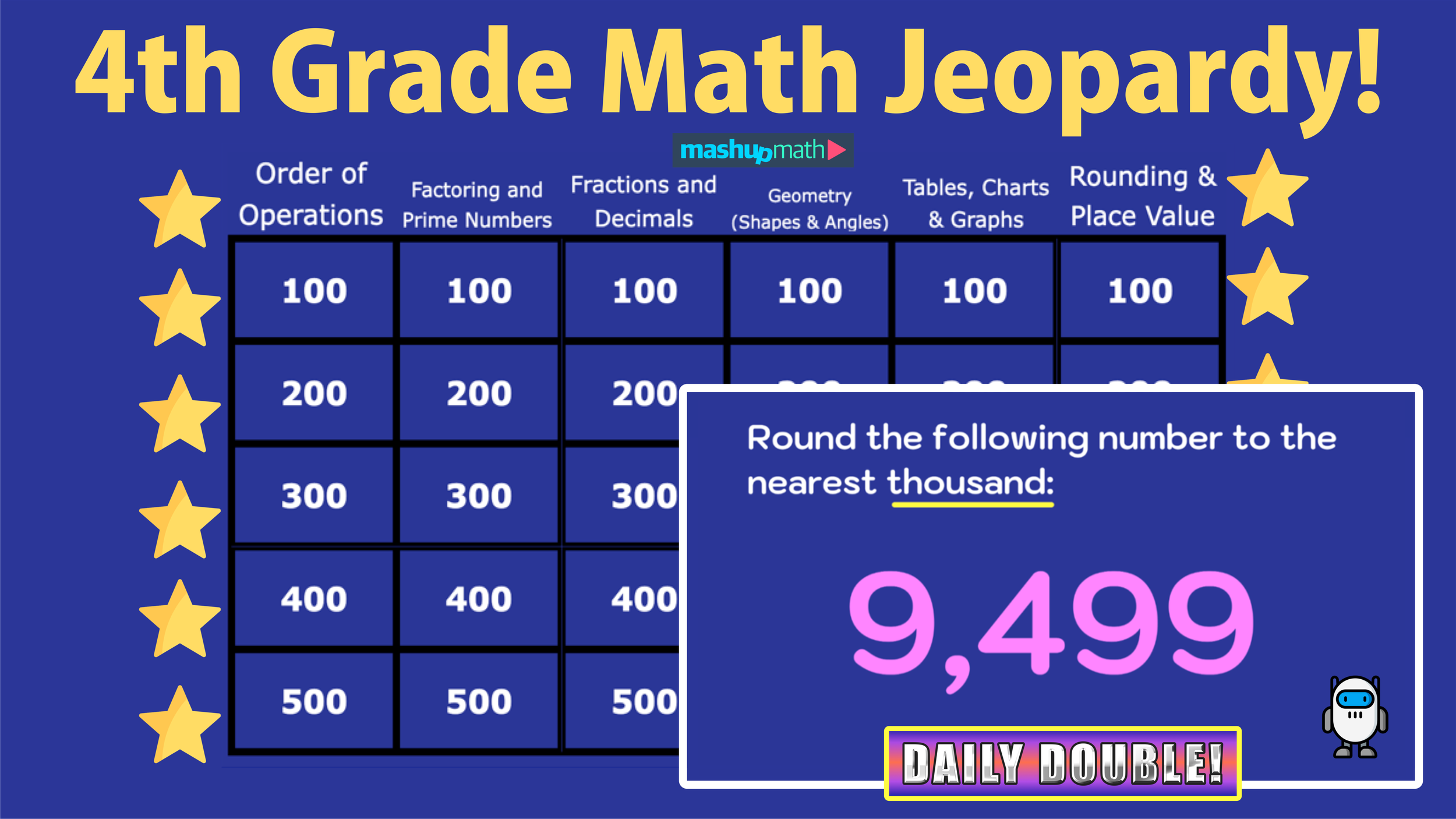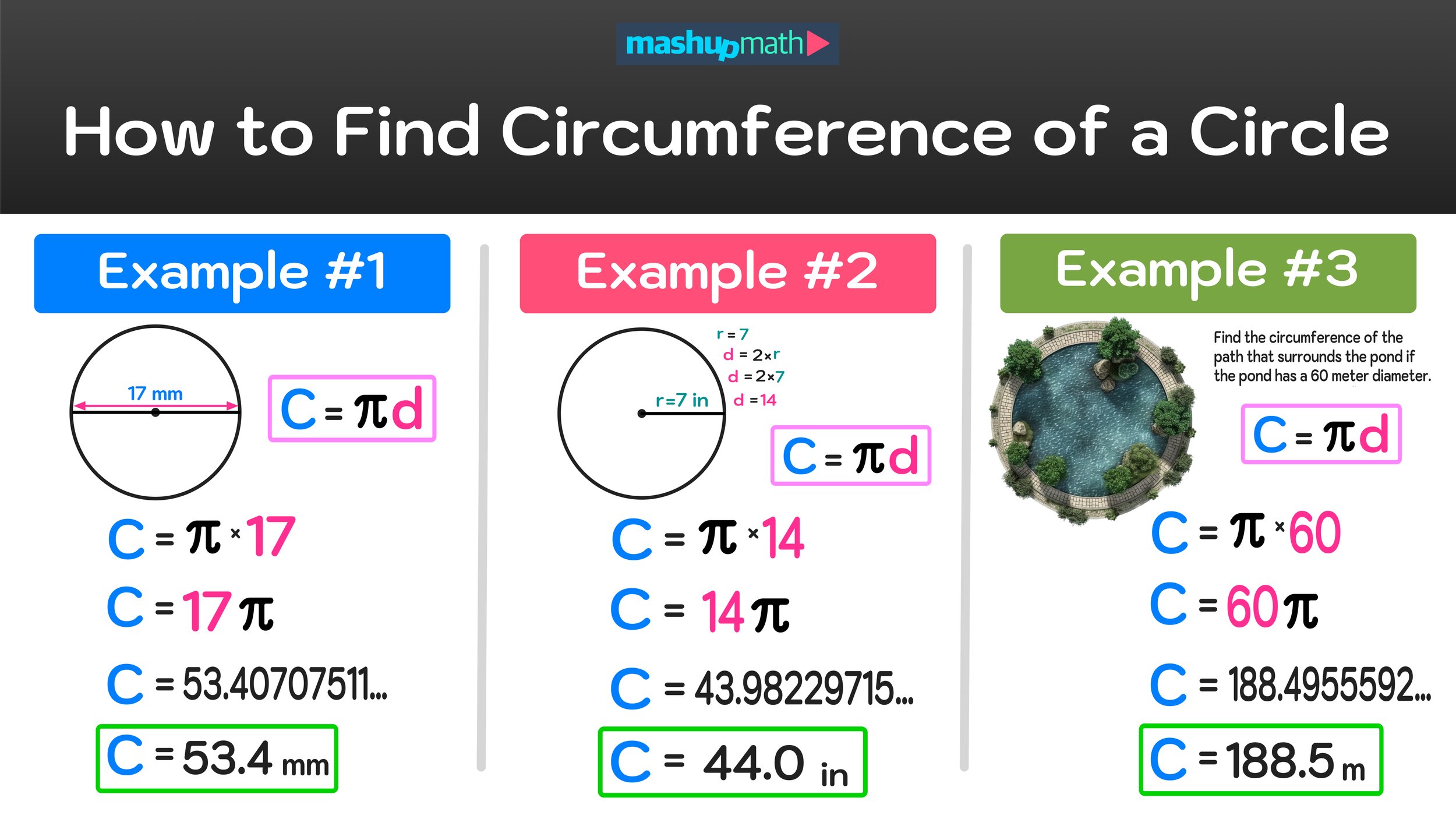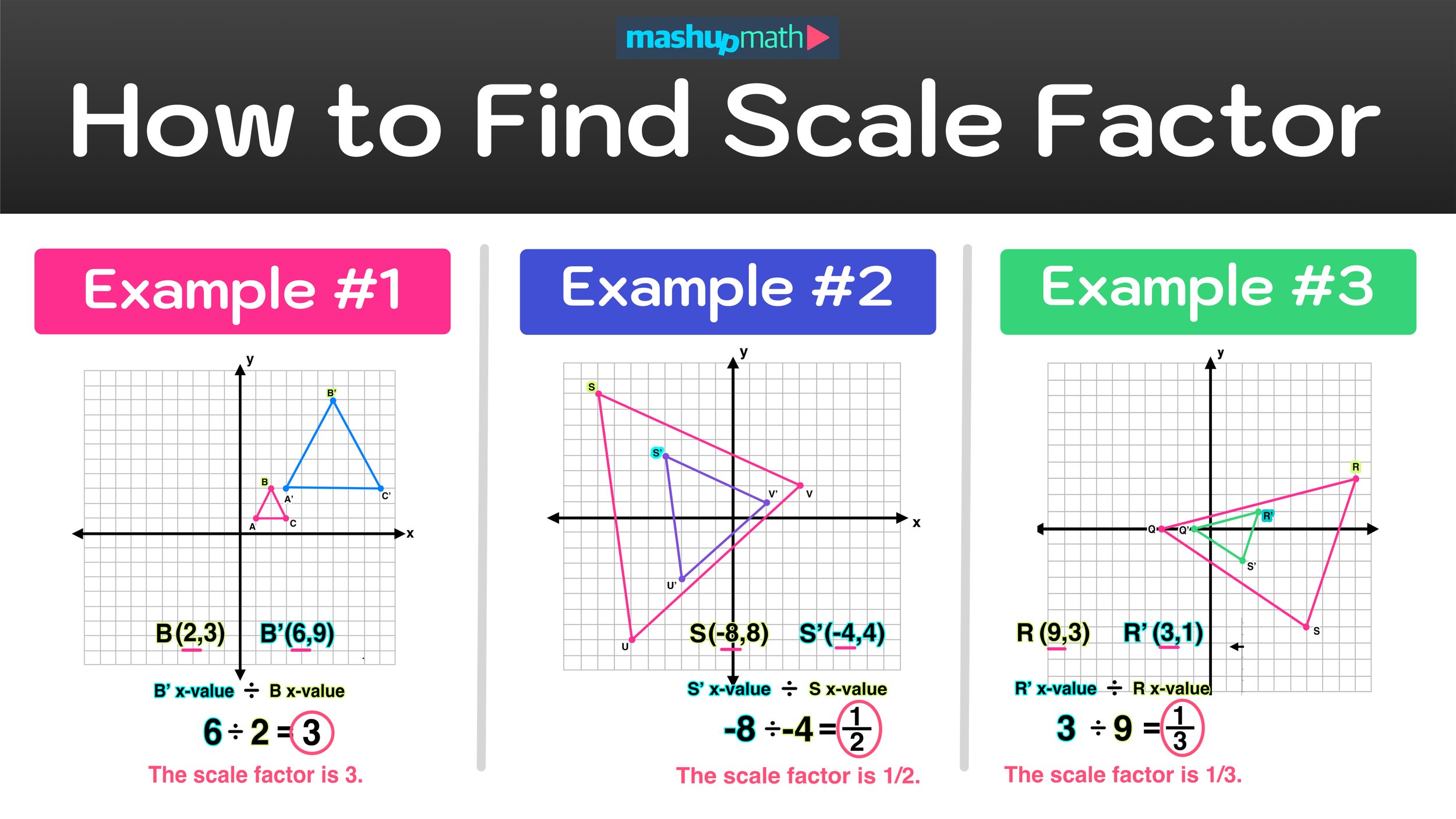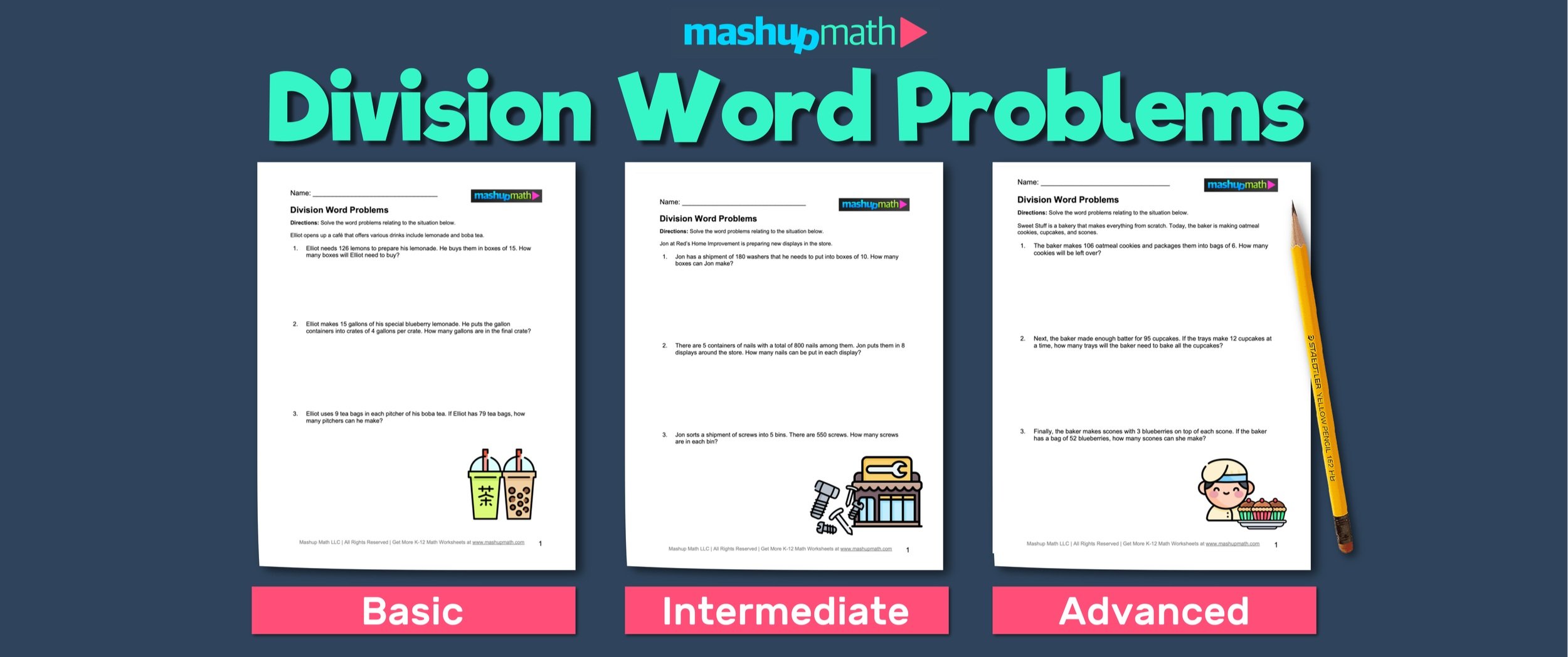Fun Math Projects for All Grade Levels
Are you looking for fun math project ideas for your students?
The following list of math project ideas are perfect for keeping your students engaged during the final weeks of the school year (or at any other time as well). These activities can be adapted to all grade and ability levels and are included in our 21 Time-Saving Strategies, Activities, and Ideas All Math Teachers Should Know.
Having students work on fun math projects (and math art projects) is a great way to keep their attention and break up the monotony of the normal classroom routine.
The following math project ideas for elementary school, middle school, and high school students can all be modified to appropriately challenge and engage your math students based on their interests and skill/ability levels. We highly recommend that you differentiate whatever math project you choose to best meet the needs of your students.
Now, are you ready to learn about some fun math projects that you can use to engage your students this school year?
1.) The Ultimate Paper Airplane Competition
Grade Levels: Grades 1-8+
Description: Working individually or collaboratively, students must construct a paper airplane that is best suited for distance, accuracy, and hang time. This project involves a research phase, experimentation, data collection, analysis, and a presentation. This project is great for the end of the school year when the weather is nice and students can test their paper airplane performance outdoors.
Click here to learn more about the Ultimate Paper Airplane Competition Project
Math Project Ideas: The Ultimate Paper Airplane Competition
2.) Dream Home Design Project
Grade Levels: Grades 1-8+
Description: For this fun math art project, students are tasked with designing the floor plans for their dream homes and backyards by applying math skills including measurement, scale, area, and perimeter. Students can use graph paper and markers or digital tools like Google Sketchup to create their home’s blueprints, calculate the cost of building materials and furniture, and design the layout of their houses interior and exterior.
You can modify the project based on your students’ grade, skill, or ability level as well as your access to resources. You can also have students design a city, amusement park, dining hall, etc.
Math Project Ideas: Dream Home Design
3.) Math Riddles, Puzzles, and Brain Teasers!
Grade Levels: Grades K-8
Description: Spend a day having your students work on super fun and challenging math riddles and brain teasers. I like to print out the activities and post them around my classroom and/or in the hallways and have my students travel from station to station attempting to solve each brain bender!
Here are a few links for access free grade and topic-specific math riddle and brain teaser worksheets:
Math Projects for Middle School Students: Puzzles, Riddles, and Brain Teasers
4.) Play Math Jeopardy!
Grade Levels: Grades 3-6
Description: Are your students ready to play Math Jeopardy? These fun interactive Jeopardy games include a hidden Daily Double question as well as a Final Jeopardy video question.
Click the links below to play Math Jeopardy for the following grade levels:
Math Project Ideas: Math Jeopardy!
Do you more FREE K-8 math resources and activity ideas in your inbox every week?
5.) Budgeting Your Dream Vacation
Grade Levels: 4-8+
Description: For this project, give your students a budget that they have to spend on their dream vacation for just themself and a friend. Students will have to research the cost of travel, lodging, meals, and leisure activities to cover a 7-10 day vacation to a location of their choosing.
Math Project Ideas: Budget and Plan Your Dream Vacation
6.) Build a Fraction Kit
Grade Levels: 3-8+
Description: Building a fraction kit using colored construction paper is one of the best ways to help your students to understand math concepts related to fractions, including simplifying fractions, equivalent fractions, comparing fractions, and adding and subtracting fractions.
Click here to for step-by-step instructions on building a fraction kit
Image via www.mashupmath.com
7.) Math Card Games!
Grade Levels: 3-8+
Description: Spend a day having your students engage in fun math games that require only a standard deck of playing cards to play. Here are a few fun ideas:
Math Project Ideas: Play Math Card Games
8.) Create Your Own Math Board Game
Grade Levels: 2-8+
Description: For this math project, students are tasked with creating their own math-related board games based on an assigned topic/skill or one of their choosing. To complete this project, students must choose a concept, plan their game, create a game board, design the game pieces, uses spinners or dice to determine how players will navigate the board, test and revise the game, and present their final product to the class.
Math Project Ideas: Create Your Own Math Board Game!
9.) History of Math Research Project
Grade Levels: 1-8+
Description: For this project, students will research and present on a famous individual or civilization and their contributions to the field of mathematics. Here are a few great resources for inspiring students to learn about some lesser know mathematicians and their amazing contributions to mathematics:
Math Project Ideas: Make a presentation about a famous mathematician or civilization.
10.) Stock Market Project
Grade Levels: 4-8+
Description: For this financial math project, students must build their own 10-stock portfolio using a $10,000 budget. Students must research and analyze publicly traded companies and their stock performances to make their picks. They can invest in companies that they are familiar with such as Netflix, Facebook, McDonalds, and more!
We recommend showing this short TED-Ed Video How Does the Stock Market Work and using Google to research companies, find stock symbols, and see corresponding graphs and charts.
Math Project Ideas: Stock Market Project
More Math Education Insights You Will Love:
Search Tags: math art projects, math projects for middle school, math projects, math project ideas, 21st century math projects, middle school math projects, math projects for 5th graders






